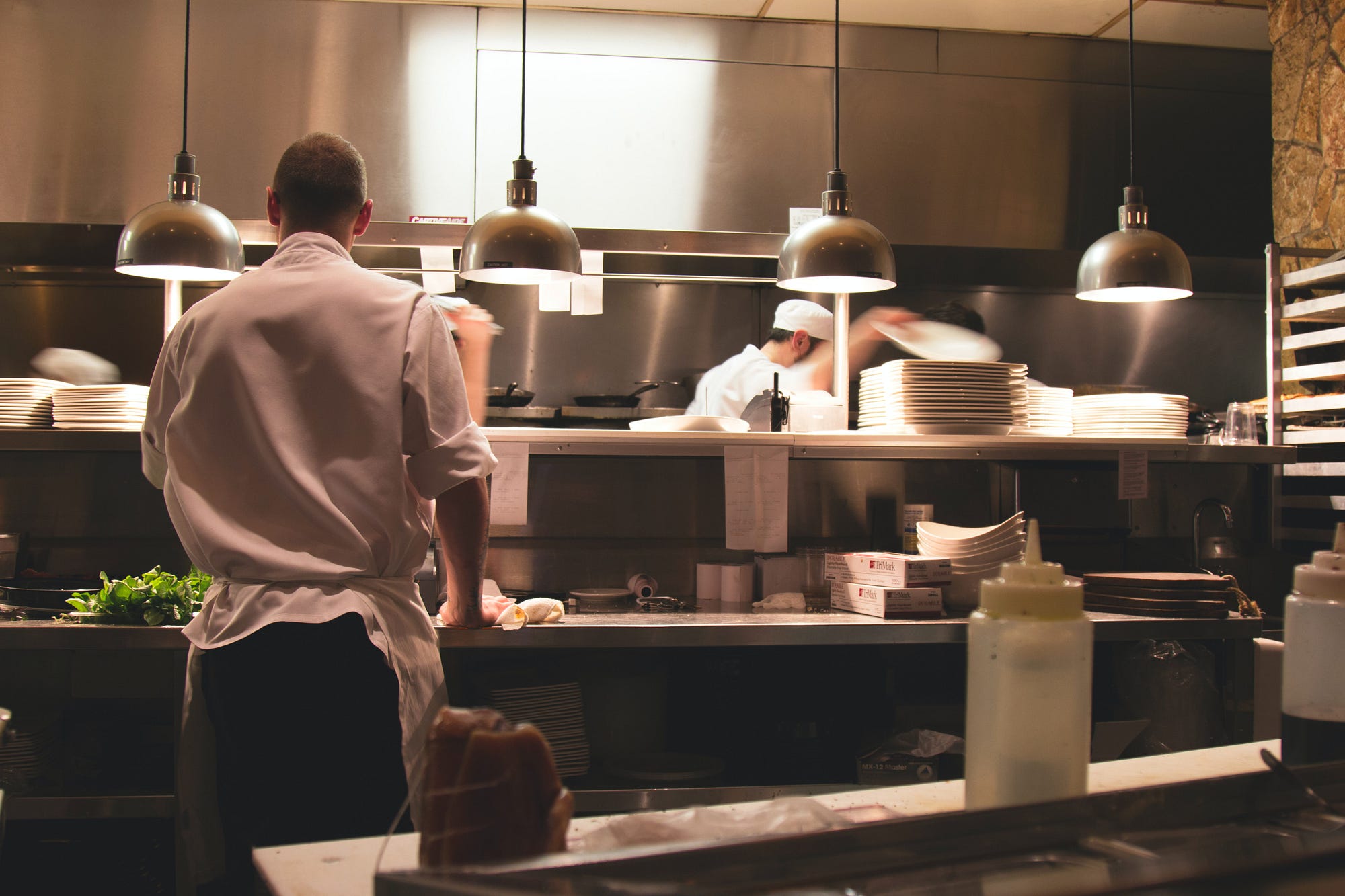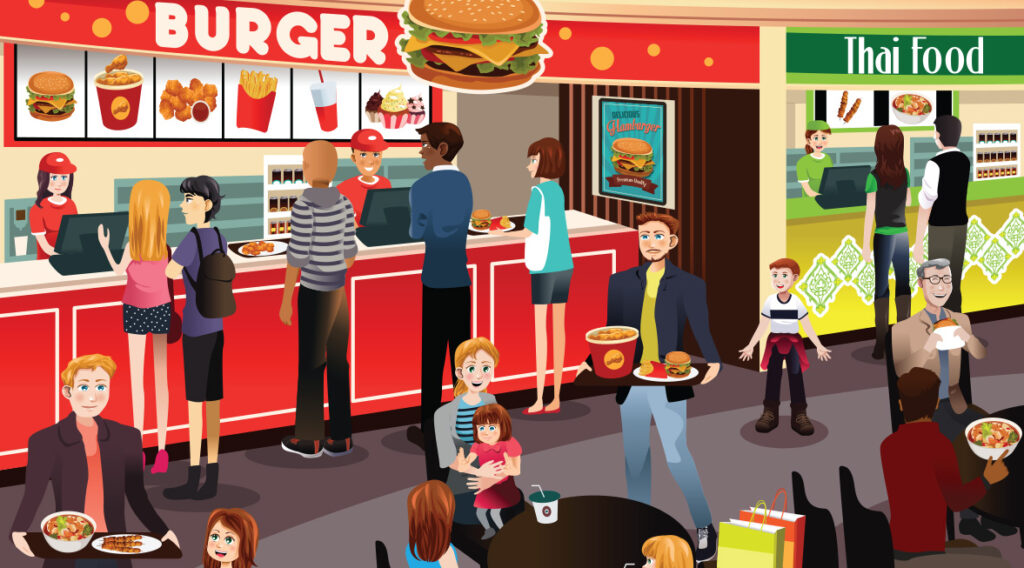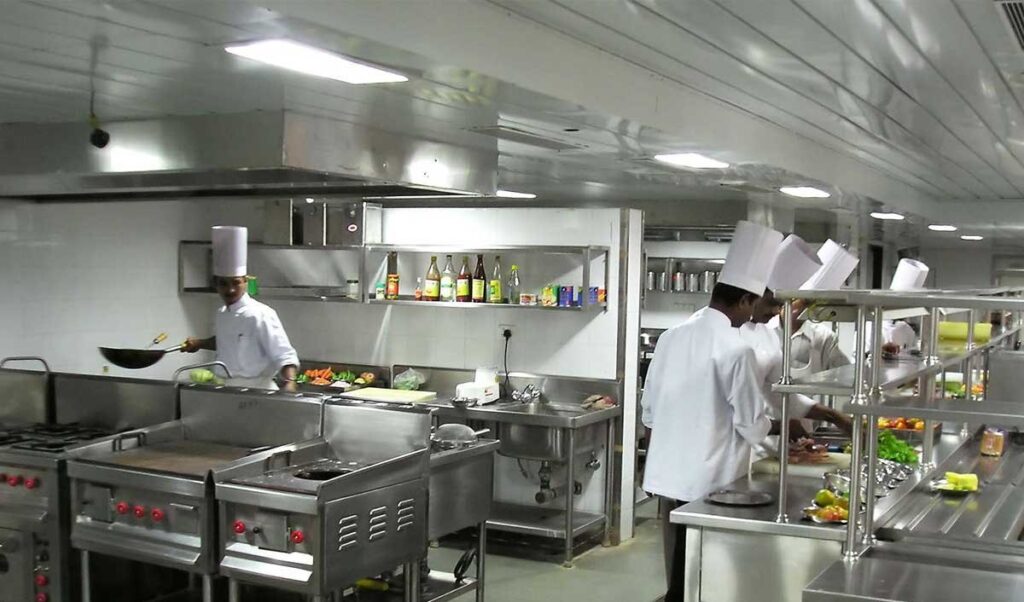
The food industry is rapidly evolving, with traditional dining establishments like Quick Service Restaurants (QSR) now facing competition from innovative concepts like Cloud Kitchens. Understanding the differences between these two models is crucial for anyone interested in the food business or looking to make informed dining choices. This blog post delves into the unique features, advantages, and challenges of QSRs and Cloud Kitchens, offering a comprehensive comparison to help you navigate the modern food landscape.
What is a Quick Service Restaurant (QSR)?
A Quick Service Restaurant (QSR) is a type of eatery that focuses on serving food quickly and efficiently. These establishments, commonly known as fast-food restaurants, are designed for convenience and speed, often featuring counter service and drive-thru options. Popular QSR chains include McDonald’s, Burger King, and Subway, which are known for their standardized menus, fast service, and consistent quality. The primary goal of a QSR is to deliver food quickly to customers, making it a popular choice for busy individuals and families.

What is a Cloud Kitchen?
A Cloud Kitchen, also known as a ghost kitchen or virtual kitchen, is a food service facility that exclusively prepares food for delivery or takeout, without a traditional dine-in space. These kitchens often house multiple brands and operate out of a single location, leveraging online platforms and delivery apps to reach customers. Notable examples of cloud kitchens include Rebel Foods and Kitchen United. The primary appeal of cloud kitchens lies in their operational efficiency and lower overhead costs, as they eliminate the need for prime real estate and extensive front-of-house staff.

| SL. NO | Point of Difference | QSR or Quick Service Restaurant | Cloud Kitchen |
|---|---|---|---|
| 1 | Operational Model | Operates with a physical storefront where customers can dine in or take out. This involves managing a dining area, drive-thru services, and often a more extensive front-of-house staff. | Focuses solely on delivery and takeout, often sharing kitchen space with other brands. This model does not include a dine-in option, reducing the need for prime real estate and minimising labor costs. |
| 2 | Customer Experience | Offers an in-person dining experience with immediate service. Customers can interact with staff, enjoy the ambiance of the restaurant, and receive their food almost instantly. | Relies on third-party delivery services to reach their customers. This can affect the immediacy and control over the customer experience, making it dependent on the efficiency and reliability of delivery partners. |
| 3 | Costs and Investments | Typically requires significant investment in real estate, dining areas, and staff, leading to higher operational costs. These include expenses for prime locations, utilities, maintenance, and extensive staff training and salaries. | Benefits from lower initial investments and operational costs by eliminating the need for a physical dining space and reducing labor expenses. This model can operate from less expensive locations and requires fewer staff members, focusing resources on kitchen operations and delivery logistics. |
Advantages of QSR
- Immediate Service and Convenience: QSRs provide fast, efficient service, making them ideal for customers looking for a quick meal on the go. The presence of drive-thru options further enhances convenience.
- Brand Recognition and Loyalty: Established QSR brands benefit from strong brand recognition and customer loyalty, driving repeat business and consistent revenue. The physical presence and marketing efforts of QSRs contribute to their visibility and customer trust.
- Controlled Customer Experience: QSRs can directly manage and enhance the customer experience through staff interactions, restaurant ambiance, and immediate issue resolution, fostering a more personal connection with their patrons.
Advantages of Cloud Kitchen
- Lower Overhead Costs: By operating without a physical storefront, cloud kitchens save on real estate and labor costs, allowing for more competitive pricing. The reduced need for front-of-house staff and amenities significantly lowers operational expenses.
- Flexibility and Scalability: Cloud kitchens can quickly adapt to market trends and expand their operations by adding new brands or menu items with minimal additional investment. The shared kitchen model allows for efficient use of space and resources, enabling rapid adjustments to changing consumer preferences.
- Wider Reach through Delivery: With a focus on delivery, cloud kitchens can serve a larger geographical area without the constraints of a physical location. This model leverages the growing popularity of online food ordering and delivery services, tapping into a broad customer base.
Challenges Faced by QSRs
- High Operational Costs: Running a QSR involves substantial costs related to real estate, utilities, and staffing, which can impact profitability. The need for prime locations and extensive front-of-house operations contributes to high expenses.
- Real Estate and Labor Expenses: Prime locations come with high rental costs, and maintaining a large staff for front-of-house operations adds to the financial burden. These expenses can be particularly challenging for QSRs in competitive markets.
- Operational Complexity: Managing a QSR involves overseeing multiple aspects of the business, including kitchen operations, customer service, maintenance, and marketing. This complexity can strain resources and require significant managerial expertise.
Challenges Faced by Cloud Kitchens
- Dependency on Delivery Partners: Cloud kitchens rely heavily on third-party delivery services, which can impact profit margins and control over the customer experience. Issues with delivery times, food handling, and service quality can affect customer satisfaction.
- Brand Visibility and Customer Trust: Without a physical presence, cloud kitchens may struggle to build brand recognition and trust, relying on marketing and customer reviews to establish credibility. This can be a significant hurdle for new or lesser-known brands trying to gain market share.
- Operational Logistics: Ensuring timely delivery while maintaining food quality can be challenging for cloud kitchens, particularly during peak hours. Effective coordination with delivery partners and efficient kitchen operations are crucial to meet customer expectations.
Future Trends in the Food Industry
- Growth of Delivery Services: The demand for food delivery continues to rise, driven by consumer preference for convenience and the proliferation of delivery apps. Both QSRs and cloud kitchens are likely to invest more in optimizing delivery operations and enhancing their online presence.
- Integration of Technology: Both QSRs and cloud kitchens are increasingly leveraging technology, such as AI for order management, data analytics for customer insights, and automated systems for kitchen efficiency. Technological advancements are expected to play a pivotal role in shaping the future of the food industry.
- Sustainability and Health Trends: Consumers are becoming more conscious of health and environmental sustainability. Both QSRs and cloud kitchens may need to adapt their menus and operations to align with these trends, offering healthier options and adopting eco-friendly practices.
Quick Service Restaurants and Cloud Kitchens each offer unique benefits and face distinct challenges in the modern food industry. While QSRs provide immediate service and brand loyalty, cloud kitchens offer cost efficiency and flexibility. As the food industry continues to evolve, both models are likely to coexist, adapting to changing consumer preferences and technological advancements. Understanding the nuances of each can help businesses and consumers make informed decisions in this dynamic landscape.
